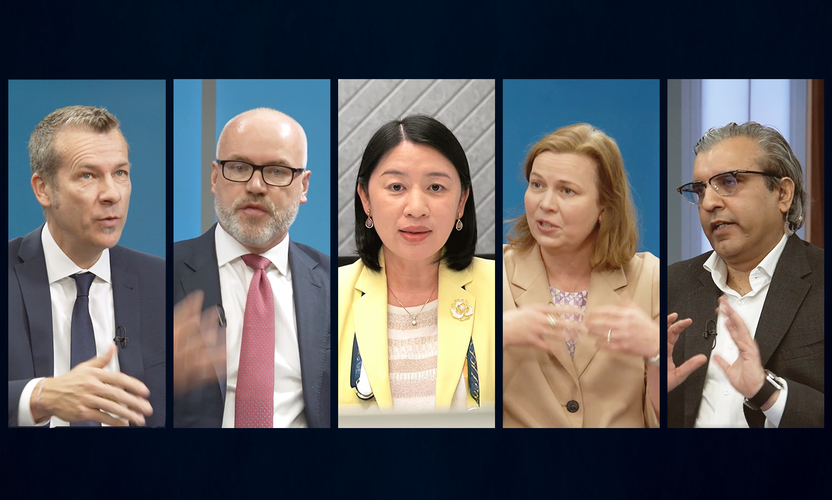What happened
As expected, the third plenum of the 20th Communist Party Central Committee concluded on July 18th with a broad re-statement of the roadmap for the next five years and of the modernisation it aims to complete in decades to come.
The communique stuck to most of the language of the past year, emphasising the need for “high-quality developments”, the code for prioritising the quality of growth over quantity that has seen the government go gently on further steps to prop up an embattled property sector.
Policymakers, however, did acknowledge various challenges in the transition that they are trying to work on - away from property and debt-driven growth - and they vowed to resolve those risks.
Our Interpretation
We await further details on concrete policy steps, which should emerge in coming days, but there were signs of a willingness to calibrate and fine-tune the reform agenda with pragmatism.
First, the communique targeted the 80th anniversary of the PRC in 2029 for completion of the reforms - an earlier timeline than the plenum typically lays out, which should give markets some assurance of policymakers’ determination to remain accountable and deliver change.
More importantly perhaps, there was greater focus on growth and the economy in the context of a changing global landscape and the challenges it has brought. The bottom line of balancing growth and security remains largely unchanged, but this subtle pivot back to the economy suggests stabilising growth within a reasonable range is still a priority. The statement highlighted the need to resolve ongoing risks in local government debt and the property sector. What we need now are details on how that will be achieved. The focus is likely to be on limiting the downside risk rather than making those areas drivers of growth again.
Last, there was a lot more emphasis on “new productive forces”, the term coined by President Xi last year, which envisages scientific research and technological breakthroughs to modernise manufacturing and resolve the tensions in the country’s competing policy aims.
This also needs more detail from government officials and policy statements. We expect it will include further support to develop education, innovation, and technology.
Our outlook
There was an outright nod in the communique to the need for policy easing to be more effective and support domestic demand. We think China will continue its cyclical recovery in the second half of the year. With more policy support, the world’s second largest economy will likely remain on track to achieve annual growth of 5 per cent.
China is still in a transition phase towards a more sustainable, inclusive, and high-quality growth model and we think controlled stabilisation remains a desirable outcome. Anything beyond that, however, will require more aggressive action.








































